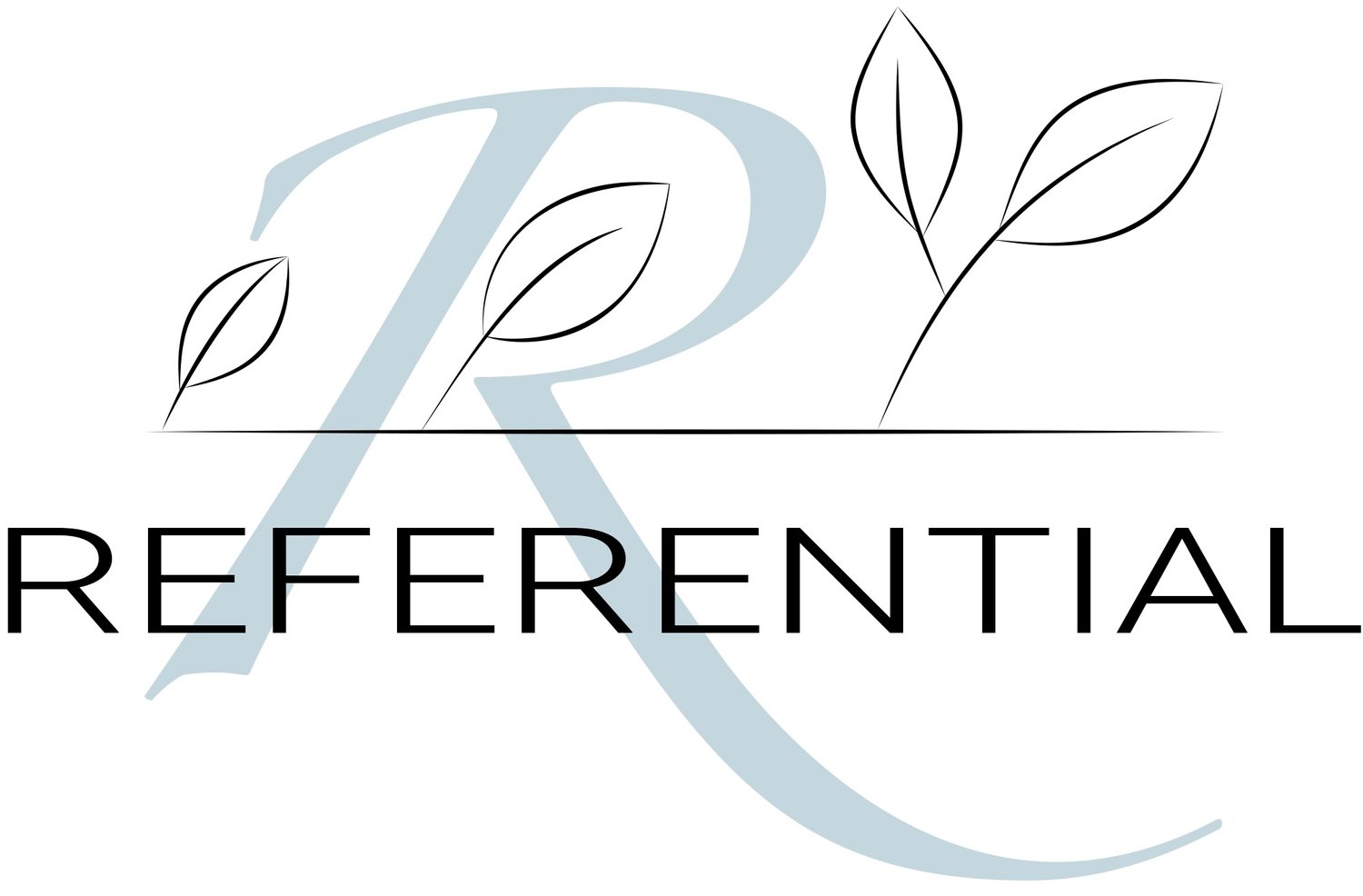Saying "Thank You!" The Right Way
It turns out that most people are not great at accepting gratitude, but there are some ways of communicating it that resonate more than others. This is a very individual thing, and you’ll have to reflect on your own behaviors to decide which options make you more receptive than others.
Researchers have broken it down into five different categories:
Spending quality time with the gratitude-giver
Beneficial services
Gifts
Touch or face-to-face connection
Words of affirmation
To determine your own preferences, think about the times you’ve been shown gratitude and assess which ones meant the most to you and how they were delivered.
Next, reflect on the people in your life – including professional world – that you’d like to show appreciation to, and think of ways to chat with them and establish which ways they like to receive gratitude. It can be a fun topic to weave into a conversation! Be creative! Once you know a person’s preference then record it for future use.
At the point you’re about to deliver your thanks in the appropriate form, pay extra attention to the accompanying note to ensure that the first sentences clearly convey:
Exactly what you are thankful for; be as explicit as possible
The direct impact or significance of their involvement / words
A compliment to encourage them to continue in a similar way with you and others
After the act of expressing gratitude has been completed, record what was done and the reaction it received, so that you can build on, refine, and/or adopt a new strategy for the next time.
Recipients of your thanks will feel a positive uplift that will hopefully encourage them to continue their great actions and broaden the pool of recipients. As a gratitude-giver, you’ll feel greater satisfaction with life… and who doesn’t want that!
Thank you for taking the time to read this, my hope is that you widen your gratitude-giving.


